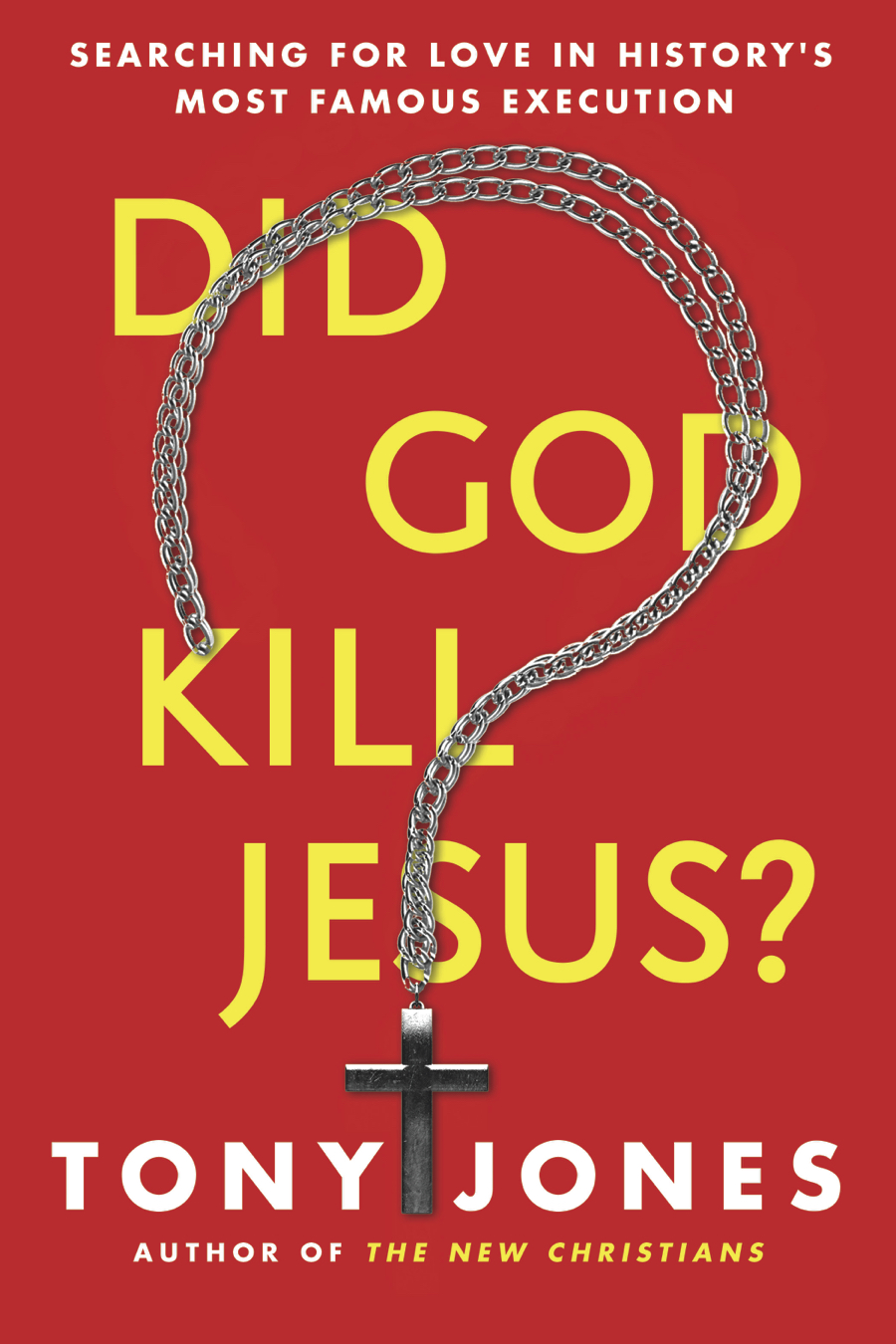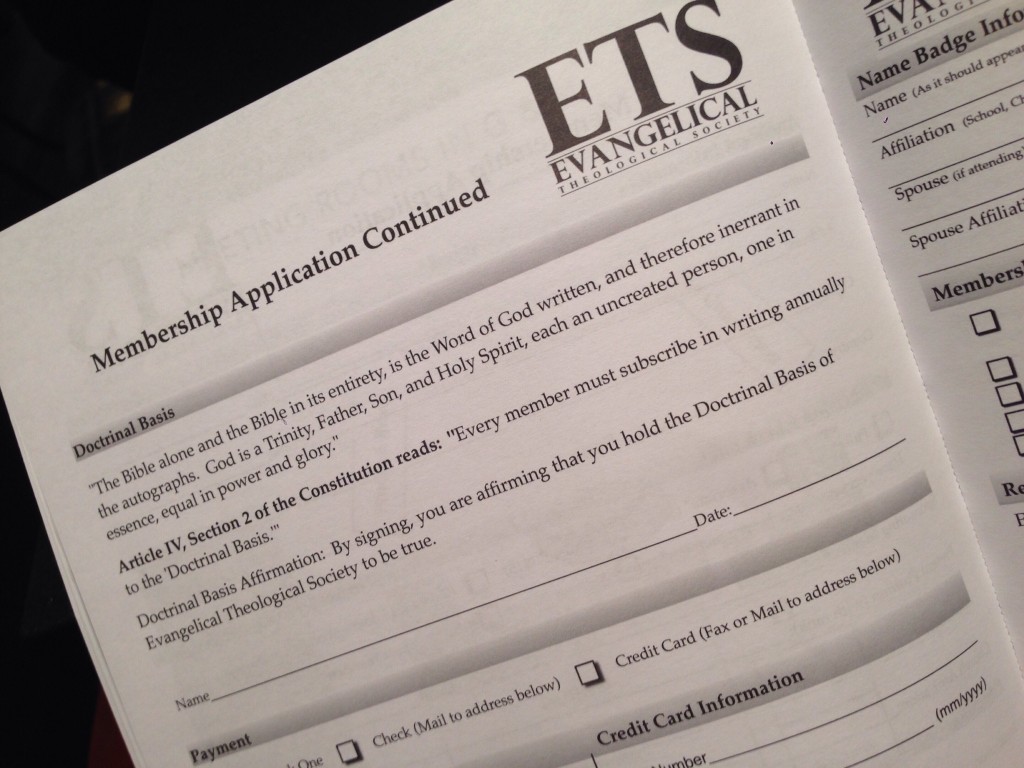Every Wednesday during Lent, I’m going to explore an alternatives to the penal substitutionary understanding of the atonement, the dominant theory of the atonement in my part of the (theological and geographical) world. You can read all of the posts, and my past posts on this topic, here. I’ve got an ebook on the subject as well.
Remember the climax of The Lion, The Witch, and the Wardrobe by C.S. Lewis? Young and mischevious Edmund has eaten some Turkish Delight or otherwise eternally indebted himself to the White Witch. According to the “deep magic from the dawn of time,” she has the right to execute Edmund since he has betrayed his siblings. Aslan, the messianic lion, makes a deal with the White Witch: she lets Edmund go and slaughters Aslan on the Stone Table. But she was tricked! Aslan comes back to life the next morning, more powerful than before.
This, in sum, is the Ransom Captive theory of the atonement, widely held in the first millennium of the church and the target of Anselm in Cur Deus Homo. According to the Ransom Captive Theory, Adam and Eve bargained away the freedom of the human race to Satan in exchange for the fruit from the Tree of Knowledge of Good and Evil. For thousands of years, Satan held sway over humanity, as recorded in the sins and failings of the Old Testament characters.
But God offered his own son as a ransom for the captive human race—in Jesus’ own words, “For even the Son of Man did not come to be served, but to serve, and to give his life as a ransom for many.” Satan accepted the offer, and Jesus was crucified. But Satan was tricked! Jesus rose on the third day—God got to have his cake (the freedom of the human race) and eat it too (the resurrection of his son).
Origen, an early church father, wrote about that quote from Jesus,
But to whom did He give His soul as a ransom for many? Surely not to God. Could it, then, be to the Evil One? For he had us in his power, until the ransom for us should be given to him, even the life (or soul) of Jesus, since he (the Evil One) had been deceived, and led to suppose that he was capable of mastering that soul, and he did not see that to hold Him involved a trial of strength greater than he was equal to.[i]
Well, there are about as many holes in this theory as there are in the Narnia books, so it’s easy to see how Anselm took aim at them. For one, Anselm argued, Satan is an outlaw with no bargaining power; God didn’t need to cut a deal with Satan to get the human race back. In fact, God had never allowed us to be truly governed by Satan.
For another, what “deep magic from the dawn of time” binds God to act in a certain way? It seems that if God is the creator of all that is, then God can act any way that God deems appropriate. And it seems rather unlikely that God would set up the cosmos in such a way that Satan could gain the upper hand and force God to negotiate a deal.
But whatever the problems with Ransom Captive from our 21st century perspective, it was a powerful and compelling explanation of the crucifixion for a thousand years. And it does have the upper hand over PSA in one regard: in the Ransom Captive understanding of the atonement, Christ’s resurrection is central.
The one thing that Satan doesn’t understand is that death cannot vanquish God. That lack of understanding leads to Satan’s downfall, and to the ultimate liberation of humanity from Satan’s clutches.
[i] Origen, Commentary on Matthew, XVI, 8.











